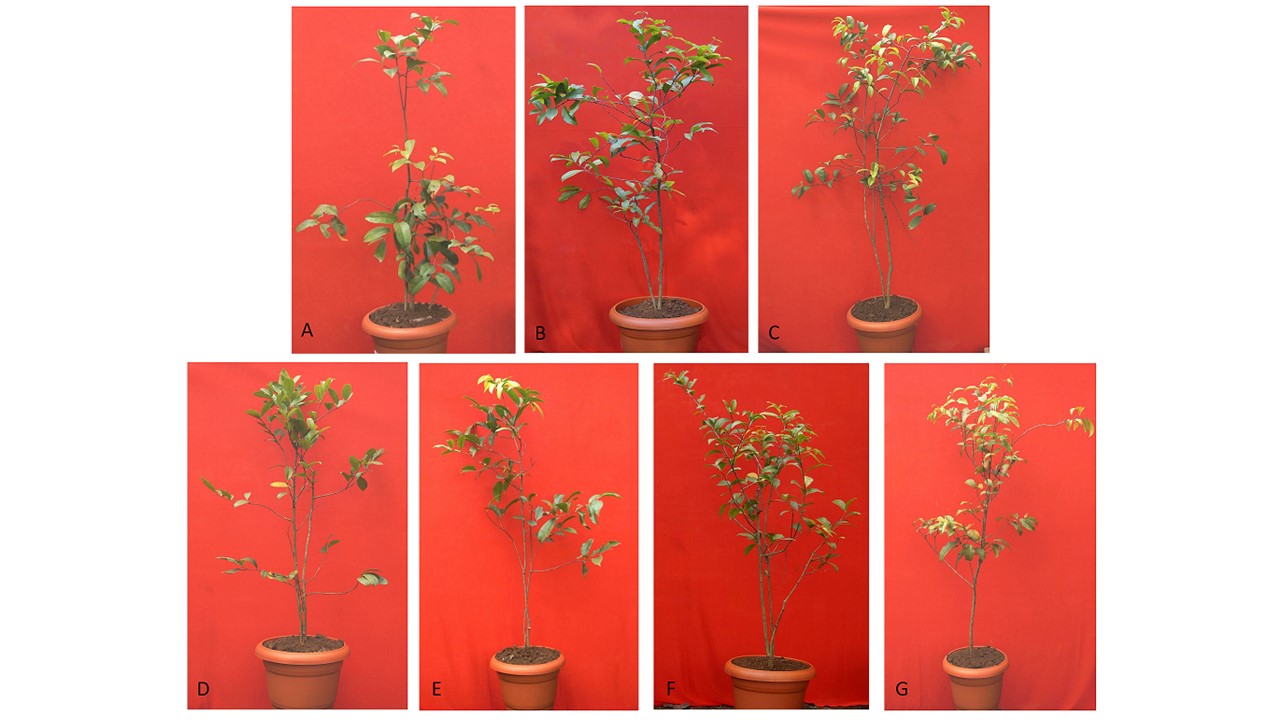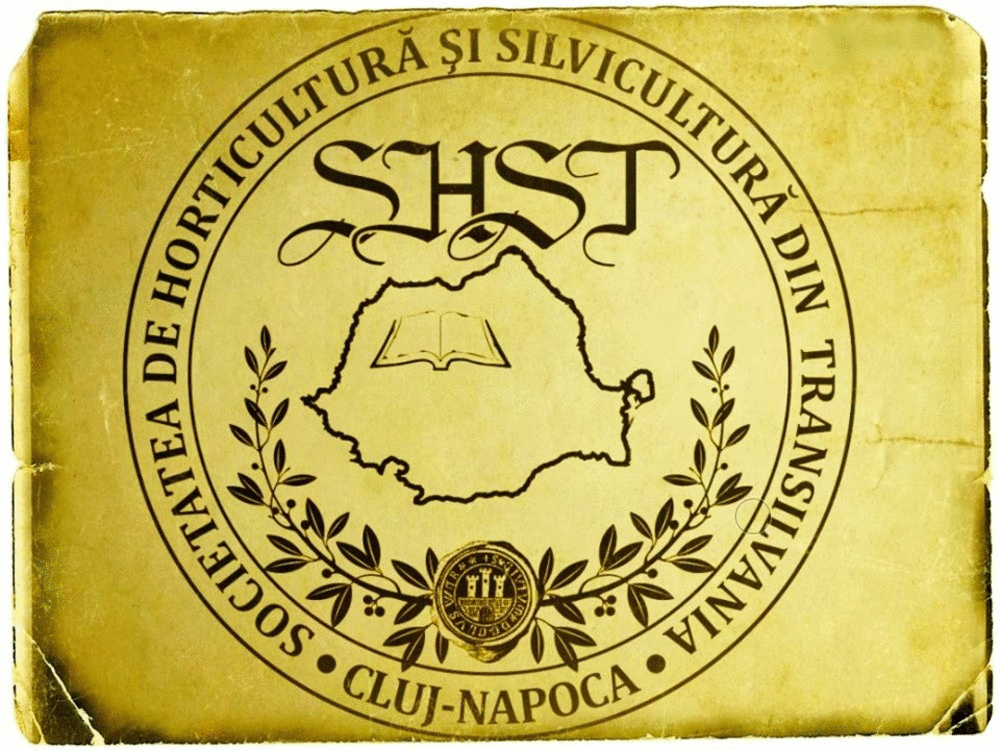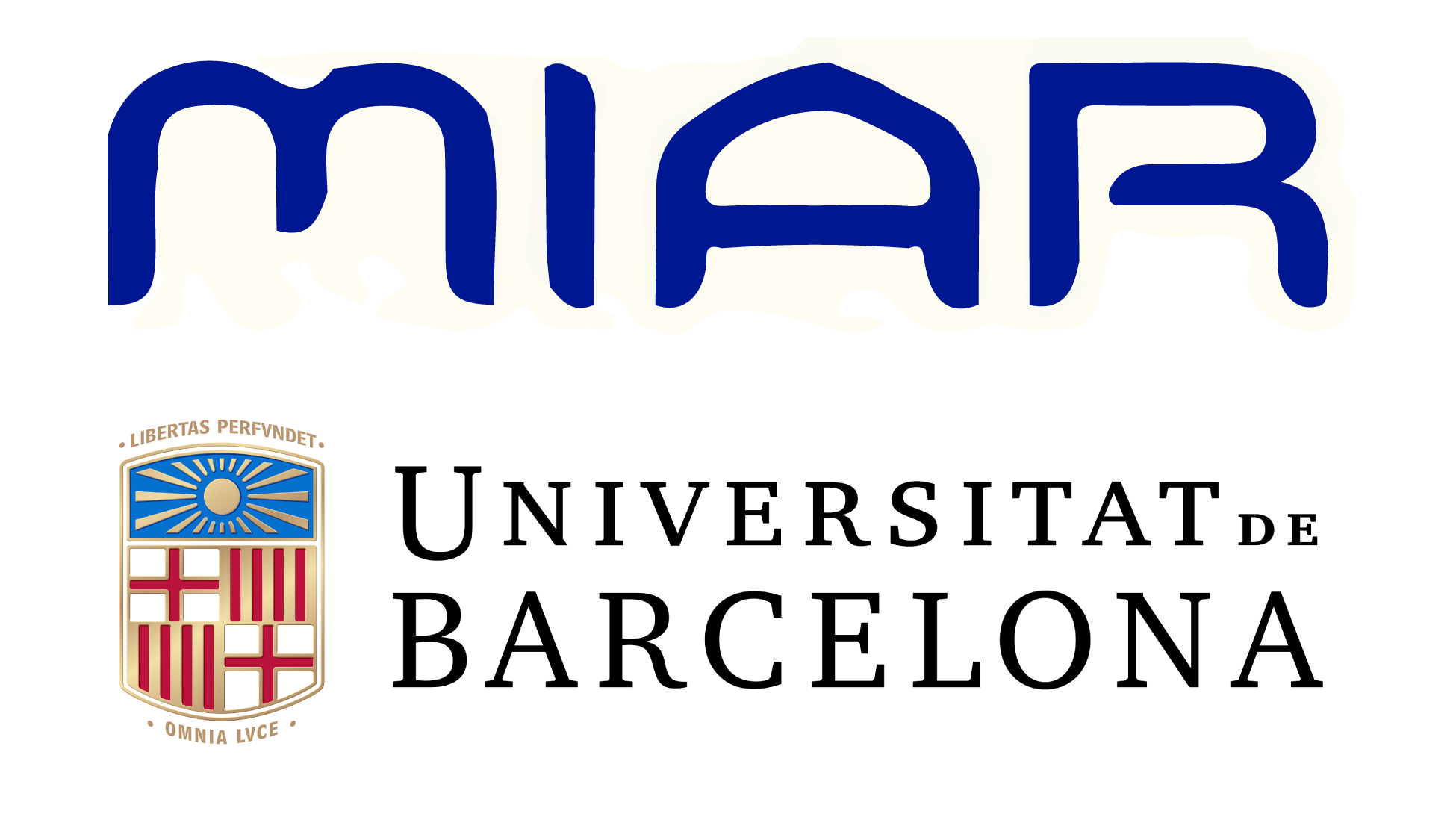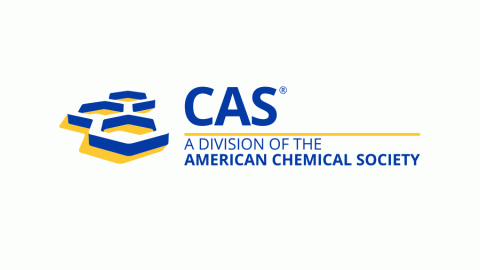Production of an important antidiabetic compound mangiferin through elicitation in Salacia chinensis under in vivo condition
DOI:
https://doi.org/10.55779/nsb15311644Keywords:
Antidiabetic, elicitors, endophytes, mangiferin, Salacia chinensisAbstract
Salacia chinensis L. (Celastraceae) is an important antidiabetic and anticancer plant. Mangiferin is a principal bioactive component of this plant and is well known for important antidiabetic and anticancer properties. The objectives of the present study were to examine the accumulation of mangiferin in S. chinensis grown under in vivo conditions, upon application of abiotic (NaCl and salicylic acid) and biotic elicitors (mycorrhiza, Pseudomonas aeruginosa) and fungal endophytes (Cladosporium tenuissimum and Trichoderma atroviride). The present study shows that bioactive metabolite accumulation was recorded in all tested plant parts. Significantly, mangiferin content was more elevated in treated plant parts as compared to non-treated ones. NaCl treated plant had higher production of mangiferin than other treatments. Mangiferin content was higher at 50 mM NaCl (368.8 ±5.6 µg/g DW), which is 2.08 times higher than the control (160.05± 2.5 µg/g DW). Upon foliar spray of salicylic acid (100 µM), root mangiferin content (263.80±5.14 µg/g DW) was 1.04 times higher than the control. Among the biotic elicitors, plants treated with P. aeruginosa produced more mangiferin than mycorrhiza-treated ones in tested plant parts. Overall, the root (368.8 5.6 µg/g DW) produced a higher quantity of mangiferin than the stem (297.91±4.05 µg/g DW) and leaves (168.36±5.25 µg/g DW) in S. chinensis. This is the first report on the exogenous application of endophytes in vivo to elicit mangiferin in different parts of S. chinensis. The current investigation revealed that isolated fungal endophytes can be used to produce industrially important bioactive metabolites at a large scale.
Metrics
References
Ahire ML, Laxmi S, Walunj PR, Kavi Kishor PB, Nikam TD (2014). Effect of potassium chloride and calcium chloride induces stress on in vitro cultures of Bacopa monnieri (L.) Pennell and accumulation of medicinally important bacoside A. Journal of Plant Biochemistry and Biotechnology 23:366-378. https://doi.org/10.1007/s13562-013-0220-z
Anitha S, Kumari BR (2006). Reserpine accumulation in NaCl treated calli of Rauvolfia tetraphylla L. Science Asia 32:417-419. https://doi.org/10.2306/scienceasia1513-1874.2006.32.417
Bedoya JC, Dealis ML, Silva CS, Niekawa ET, Navarro MO, Simionato AS, Andrade G (2019). Enhanced production of target bioactive metabolites produced by Pseudomonas aeruginosa LV strain. Biocatalysis and Agricultural Biotechnology 17:545-556. https://doi.org/10.1016/j.bcab.2018.12.024
Chavan JJ, Jagtap UB, Gaikwad NB, Dixit GB, Bapat VA (2013). Total phenolics, flavonoids and antioxidant activity of Saptarangi (Salacia chinensis L.) fruit pulp. Journal of Plant Biochemistry and Biotechnology 22:409-413. https://doi.org/10.1007/s13562-012-0169-3
Chavan JJ, Kshirsagar PR, Jadhav SG, Nalavade VM, Gurme ST, Pai SR (2021). Elicitor-mediated enhancement of biomass, polyphenols, mangiferin production and antioxidant activities in callus cultures of Salacia chinensis L. 3 Biotech 11:285. https://doi.org/10.1007/s13205-021-02836-2
Chen H, Qi Y, He X, Xu L, Zhang W, Lv X, Liang Z (2021). Endophytic fungus Mucor circinelloides DF20 promote tanshinone biosynthesis and accumulation in Salvia miltiorrhiza root. Plant Science 307:110898. https://doi.org/10.1016/j.plantsci.2021.110898
Ding CH, Wang QB, Guo S, Wang ZY (2018). The improvement of bioactive secondary metabolites accumulation in Rumex gmelini Turcz through co-culture with endophytic fungi. Brazilian Journal of Microbiology 49:362-369. https://doi.org/10.1016/j.bjm.2017.04.013
Gakuubi MM, Ching KC, Munusamy M, Wibowo M, Liang ZX, Kanagasundaram Y, Ng SB (2022). Enhancing the discovery of bioactive secondary metabolites from fungal endophytes using chemical elicitation and variation of fermentation media. Frontiers in Microbiology 13:898976. https://doi.org/10.3389/fmicb.2022.898976
Gupta S, Chaturvedi P (2019). Enhancing secondary metabolite production in medicinal plants using endophytic elicitors: a case study of Centella asiatica (Apiaceae) and asiaticoside. Endophytes for a growing world pp 310-323.
Guru A, Dwivedi P, Kaur P, Pandey DK (2022). Exploring the role of elicitors in enhancing medicinal values of plants under in vitro condition. South African Journal of Botany 149:1029-1043. https://doi.org/10.1016/j.sajb.2021.10.014
Imran M, Arshad MS, Butt MS, Kwon JH, Arshad MU, Sultan MT (2017). Mangiferin: a natural miracle bioactive compound against lifestyle related disorders. Lipids in health and disease 16:1-7. https://doi.org/10.1186/s12944-017-0449-y
Jan R, Asaf S, Numan M, Kim KM (2021). Plant Secondary Metabolite Biosynthesis and Transcriptional Regulation in Response to Biotic and Abiotic Stress Conditions. Agronomy 11:968. https://doi.org/10.3390/agronomy11050968
Kaur P, Gupta RC, Dey A, Malik T, Pandey DK (2020). Optimization of salicylic acid and chitosan treatment for bitter secoiridoid and xanthone glycosides production in shoot cultures of Swertia paniculata using response surface methodology and artificial neural network. BMC Plant Biology 20:225. https://doi.org/10.1186/s12870-020-02410-7
Kitayama M, Tisarum R, Theerawitaya C, Samphumphung T, Takagaki M, Kirdmanee C, Cha-um S (2019). Regulation on anthocyanins, a-tocopherol, and calcium in two water spinach (Ipomoea aquatica) cultivars by NaCl salt elicitor. Scientia Horticulturae 249:390-400. https://doi.org/10.1016/j.scienta.2019.02.021
Matsuda H, Yoshikawa M, Morikawa T (2005). Antidiabetogenic constituents from Salacia species. Journal of Traditional Medicines 22:145-153.
Minh TT, Hoang Anh NT, Thang VD, Van Sung T (2010). Study on chemical constituents and cytotoxic activities of Salacia chinensis growing in Vietnam. Zeitschrift für Naturforschung B 65:1284-1288. https://doi.org/10.1515/znb-2010-1017
Morozkina SN, Nhung Vu TH, Generalova YE, Snetkov PP, Uspenskaya MV (2021). Mangiferin as new potential anti-cancer agent and mangiferin-integrated polymer systems - A novel research direction. Biomolecules 11:79. https://doi.org/10.3390/biom11010079
Nandikar MD (2021). The genus Salacia (Celastraceae: Salaciodeae) in peninsular India. Web-bia. Journal of Plant Taxonomy and Geography 76:167-193. https://doi.org/10.36253/jopt-10390
Niazian M, Howyzeh MS, Sadat-Noori SA (2021). Integrative effects of stress-and stress tolerance-inducing elicitors on in vitro bioactive compounds of ajowan [Trachyspermum ammi (L.) Sprague] medicinal plant. Plant Cell Tissue and Organ Culture 146:589-604 https://doi.org/10.1007/s11240-021-02096-1
Obinata N, Yamakawa T, Takamiya M, Tanaka N, Ishimaru K, Kodama T (2003). Effects of salicylic acid on the production of procyanidin and anthocyanin in cultured grape cells. Plant Biotechnology 20:105-111. https://doi.org/10.5511/plantbiotechnology.20.105
Otari SS, Devkar SP, Patel SB, Ghane SG (2023). Micropropagation and elicited production of triterpenoid saponin glycosides and stigmasterol via precursor and elicitor feeding in Bacopa floribunda (R. Br.) Wettst.-A potential nootropic herb. Frontiers in Plant Science 14:1096842. https://doi.org/10.3389/fpls.2023.1096842
Paul A, Shamim N, Acharya K, Chakraborty N (2022). Twin effects of fungal elicitor produced from Alternaria alternata on induced systemic resistance and secondary metabolites production in Catharanthus roseus (L.) G. Don. Plant Stress 6:100124. https://doi.org/10.1016/j.stress.2022.100124
Puente-Garza CA, Espinosa-Leal CA, Garcı´a-Lara S (2021) Effects of saline elicitors on saponin production in Agave salmiana plants grown in vitro. Plant Physiology and Biochemistry 162:476-482. https://doi.org/10.1016/j.plaphy.2021.03.017
Pusztahelyi T, Holb IJ, Pocsi I (2015). Secondary metabolites in fungus-plant interactions. Frontiers in plant science 6:573. https://doi.org/10.3389/fpls.2015.00573
Rai A, Nakamura M, Takahashi H, Suzuki H, Saito K, Yamazaki M (2016). High throughput sequencing and de novo transcriptome assembly of Swertia japonica to identify genes involved in the biosynthesis of therapeutic metabolites. Plant Cell Reports 35:2091-2111. https://doi.org/10.1007/s00299-016-2021-z
Rikame T, Borde M (2022). Whole genome, functional annotation and comparative genomics of plant growth-promoting bacteria Pseudomonas aeruginosa (NG61) with potential application in agro-industry. Current Microbiology 79:169. https://doi.org/10.1007/s00284-022-02845-1
Rosabal LF, Puebla YG, Perez SR, Cordovi UM, Pupo JJ, Werbrouck SP (2022). Effects of salicylic acid on the production of polyphenols and the reducing power of Theobroma cacao calli. Current Research in Biotechnology 4:47-57. https://doi.org/10.1016/j.crbiot.2021.12.005
Salvatore MM, Andolfi A, Nicoletti R (2021). The genus Cladosporium: A rich source of diverse and bioactive natural compounds. Molecules 26:3959. https://doi.org/10.3390/molecules26133959
Thakur M, Bhattacharya S, Khosla PK, Puri S (2019). Improving production of plant secondary metabolites through biotic and abiotic elicitation. Journal of Applied Research on Medicinal and Aromatic Plants 12:1-12. https://doi.org/10.1016/j.jarmap.2018.11.004
Woch N, Laha S, Gudipalli P (2023). Salicylic acid and jasmonic acid induced enhanced production of total phenolics, flavonoids, and antioxidant metabolism in callus cultures of Givotia moluccana (L.) Sreem. In Vitro Cellular & Developmental Biology-Plant 2:1-22. https://doi.org/10.1007/s11627-023-10335-7
Wu YH, Wang H, Liu M, Li B, Chen X, Ma YT, Yan ZY (2021). Effects of native arbuscular mycorrhizae isolated on root biomass and secondary metabolites of Salvia miltiorrhiza Bge. Frontiers in Plant Science 12:617892. https://doi.org/10.3389/fpls.2021.617892
Yoshikawa M, Nishida N, Shimoda H, Takada M, Kawahara Y, Matsuda H (2001). Polyphenol constituents from Salacia species: quantitative analysis of mangiferin with alpha-glucosidase and aldose reductase inhibitory activities. Yakugaku zasshi: Journal of the Pharmaceutical Society of Japan 121(5):371-378. https://doi.org/10.1248/yakushi.121.371
Zhang JL, Tang WL, Huang QR, Li YZ, Wei ML, Jiang LL, Zhang XX (2021). Trichoderma: a treasure house of structurally diverse secondary metabolites with medicinal importance. Frontiers in microbiology 12:723828. https://doi.org/10.3389/fmicb.2021.723828
Zubek S, Rola K, Szewczyk A, Majewska ML, Turnau K (2015). Enhanced concentrations of elements and secondary metabolites in Viola tricolor L. induced by arbuscular mycorrhizal fungi. Plant and Soil 390:129-142. https://doi.org/10.1007/s11104-015-2388-6

Downloads
Published
How to Cite
Issue
Section
License
Copyright (c) 2023 Harichandra A. NIKULE, Tukaram D. NIKAM, Harshad A. SHIRKE, Vikas A. SULE, Archana A. NAIK, Mahesh Y. BORDE

This work is licensed under a Creative Commons Attribution 4.0 International License.
Papers published in Notulae Scientia Biologicae are Open-Access, distributed under the terms and conditions of the Creative Commons Attribution License.
© Articles by the authors; licensee SMTCT, Cluj-Napoca, Romania. The journal allows the author(s) to hold the copyright/to retain publishing rights without restriction.
License:
Open Access Journal - the journal offers free, immediate, and unrestricted access to peer-reviewed research and scholarly work, due SMTCT supports to increase the visibility, accessibility and reputation of the researchers, regardless of geography and their budgets. Users are allowed to read, download, copy, distribute, print, search, or link to the full texts of the articles, or use them for any other lawful purpose, without asking prior permission from the publisher or the author.













.png)















